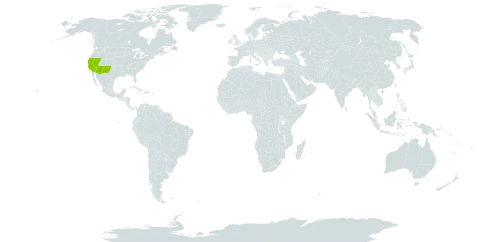Biennials; glandular or eglandular; finely pubescent, often canescent, trichomes dendritic, sometimes mixed with simple ones. Stems erect, unbranched basally or branched proximally and/or distally, 4-12(-15) dm. Basal leaves: petiole 0.5-3.7 cm; blade pinnate, oblanceolate to obovate or ovate in outline, 1-6 cm, lateral lobes (2-5 pairs), oblanceolate to linear or narrowly lanceolate, (7-25 × 2-10 mm), margins usually entire or serrate, rarely incised, (apex obtuse). Cauline leaves sessile or shortly petiolate; blade smaller distally, distal lobes often narrower, surfaces densely pubescent. Racemes considerably elongated in fruit. Fruiting pedicels ascending to divaricate, straight, 6-15 mm. Flowers: sepals spreading or sometimes ascending, greenish to yellowish, oblong, 1-2 mm, densely pubescent, (trichomes dendritic, sometimes mixed with glandular papillae); petals oblanceolate, 1-2 × 0.5-0.7 mm (equaling or shorter than sepals); median filaments 1.4-2 mm; anthers 0.2-0.3 mm. Fruits divaricate to suberect, linear, slightly torulose, 10-20 (-23) × 0.7-1 mm, (acute at both ends); valves each with distinct midvein, (sparsely to densely pubescent); septum not veined; ovules 16-40 per ovary; style 0.1-0.2 mm, glabrous. Seeds uniseriate or biseriate, light brown, oblong, 0.7-1.1 × 0.5-0.6 mm. 2n = 14.
More
A herb. It grows 40-120 cm tall. The leaves at the base have 2-5 pairs of lobes.
